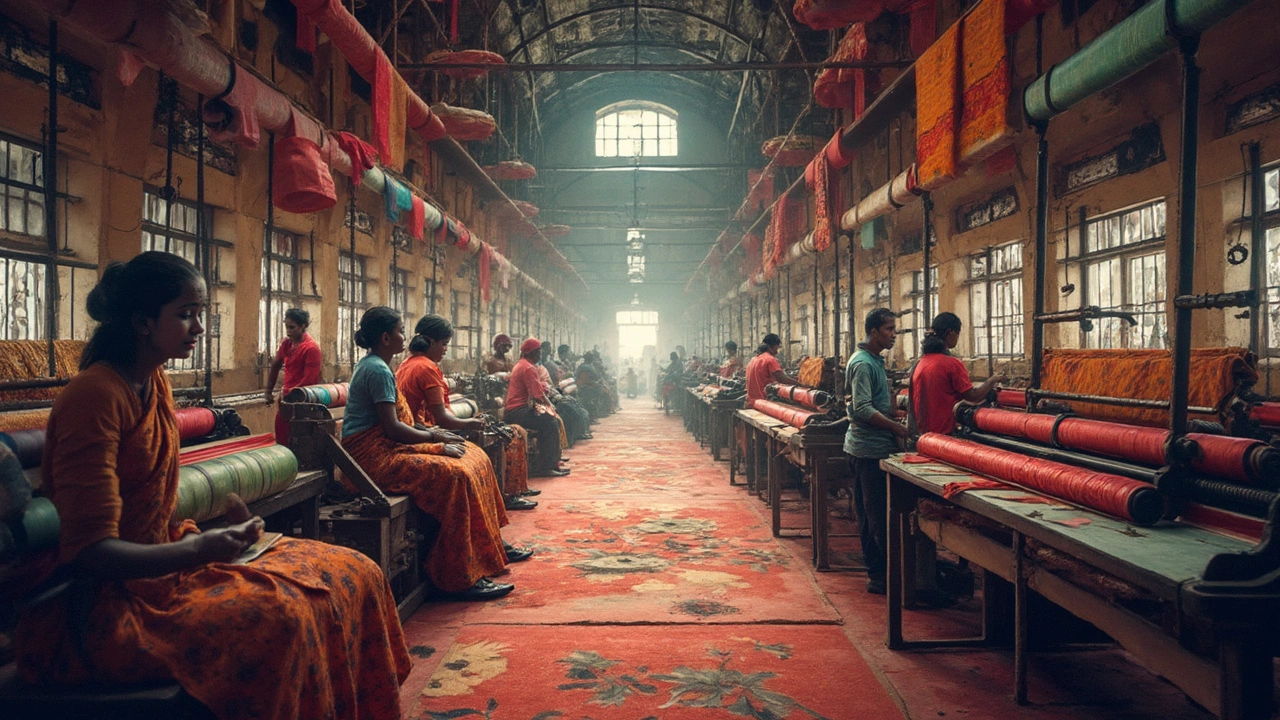Understanding Textile Business Cost: Essentials for Manufacturers
Running a textile operation means keeping an eye on every rupee that leaves the company. From yarn to shipping, each step adds up, and missing a single cost can shrink your margin fast. This guide breaks down the biggest expense areas and offers practical tricks you can start using today.
Key Cost Drivers in Textile Production
First up, raw materials. Yarn, cotton, polyester, and other fibers are the heart of any product, and their price swings can be dramatic. Buying in bulk, locking in rates with forward contracts, or mixing fibers can smooth out the spikes.
Second, energy consumption. Dyeing and finishing need hot water and steam, which drive up electricity and gas bills. Simple changes—like installing variable‑speed drives on pumps or recycling heat from boilers—can shave 10‑15% off your utility costs.
Third, labor. Skilled workers are essential, but overtime and turnover add hidden fees. Cross‑training staff, setting clear shift patterns, and using a modest incentive program keep productivity high without breaking the bank.
Tips to Manage and Reduce Expenses
Start with a cost audit. List every line‑item, from the smallest scrap removal fee to the biggest machine lease. Seeing the numbers side by side helps you spot where you’re overspending.
Invest in preventive maintenance. A well‑tuned loom or dryer rarely breaks down, which means fewer emergency repairs and less downtime. Schedule monthly checks and keep a spare parts inventory for the most common failures.
Use technology wisely. Simple software that tracks inventory levels can prevent over‑ordering and reduce waste. Even a basic spreadsheet shared across departments can improve communication and cut redundant purchases.
Finally, consider outsourcing non‑core tasks. Things like packaging, logistic handling, or even certain finishing processes might be cheaper when a specialist does them at scale. Compare the total cost, including transport, before you decide.
Remember, cutting costs isn’t about cheapening your product. It’s about smarter choices that keep quality high while boosting your bottom line. Keep reviewing, stay flexible, and your textile business cost will stay under control.
How Much Does It Cost to Start a Textile Factory in India?
Starting a textile factory in India can be a lucrative venture thanks to the abundant raw materials, low labor costs, and a booming market. However, understanding the initial investment, from land acquisition to equipment and staffing, is essential. This article breaks down typical expenses and offers tips for cost-saving opportunities. Dive into practical information, smart budgeting strategies, and insights on making the most of India's evolving textile industry.
View More




